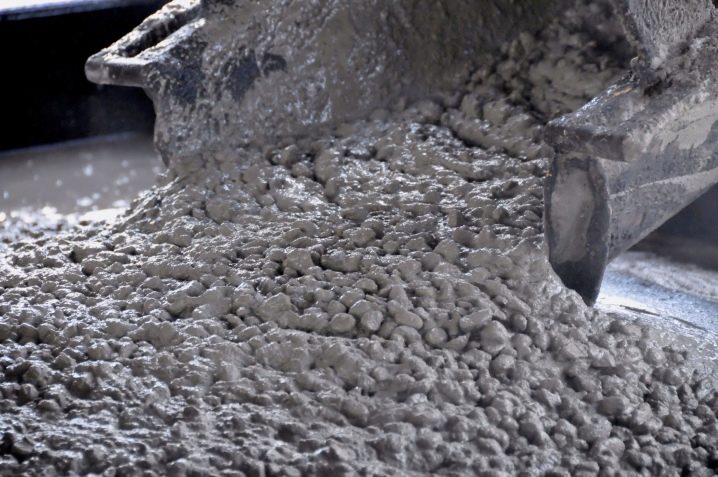Cement Rheology Testing
The testing of cement rheology is a critical aspect in the oil and gas sector, particularly during the well construction phase. Cement serves as a vital barrier that prevents the migration of formation fluids into the wellbore. Its properties must be carefully controlled to ensure it forms an effective seal around the steel casing. Rheology refers to the flow behavior of cement slurries under different shear rates.
The rheological characteristics of cement are influenced by various factors, including water-to-cement ratio (w/c), temperature, and the presence of chemical admixtures. These parameters directly affect how well the cement slurry will flow into tight spaces during pumping, how quickly it will set upon reaching its final location, and ultimately, the quality of the seal it forms around the casing.
Understanding rheology is essential for optimizing cementing operations. For instance, if a cement slurry has too high shear thinning properties, it may not flow properly through the narrow annulus between the casing and formation. Conversely, if it does not have sufficient thixotropic properties, it might set prematurely or inadequately fill the space.
ISO standards such as ISO 28314 provide guidelines for measuring rheological properties of cement slurries. These standards ensure consistency and reliability across different laboratories, which is crucial given the global nature of many oil and gas projects.
To perform accurate rheology testing, specialized equipment like viscometers or rotational viscometers are used. The test involves preparing a sample according to specific w/c ratios and then measuring its flow characteristics under controlled shear rates. Reporting typically includes measurements such as yield point, plastic viscosity, and apparent viscosity at various shear rates.
Proper rheology testing helps avoid costly issues like poor cement placement or failed well integrity tests. By ensuring that the cement slurry behaves optimally during pumping and sets correctly post-placement, these tests contribute significantly to operational efficiency and safety in oil and gas operations.
| Parameter | Description |
|---|---|
| Yield Point | The minimum shear stress required for the cement slurry to start flowing. It indicates how easily the slurry will move through the pump. |
| Plastic Viscosity | The resistance of the cement slurry to flow under constant shear rate conditions. This helps determine if the slurry is too thick or thin for efficient pumping. |
| Apparent Viscosity | The viscosity measured at a specific shear rate, providing insight into how the slurry behaves during rapid changes in flow. |
| Sample Preparation | Description |
|---|---|
| Water-to-Cement Ratio (w/c) | The ratio of water to cement by weight. It significantly affects the rheological properties. |
| Temperature Control | Maintaining a consistent temperature during testing ensures that thermal effects do not influence results. |
| Chemical Admixtures | Incorporating additives to modify the rheological behavior of the cement slurry. These can include accelerators, retarders, and thixotropic agents. |
Why It Matters
Cement rheology testing is crucial for ensuring optimal performance during oil well cementing operations. Poorly controlled rheological properties can lead to several undesirable outcomes, including poor cement placement and compromised well integrity. The ability of the cement slurry to flow through the narrow annulus between the casing and formation plays a pivotal role in determining its effectiveness.
For instance, if the yield point is too low, the slurry may not have enough resistance to maintain its shape once placed. Conversely, a high yield point could result in excessive pressure during pumping, leading to potential leaks or other complications. Similarly, inappropriate plastic or apparent viscosities can either cause the cement to set prematurely (if too thick) or fail to adequately fill the annulus space.
Thorough rheology testing not only enhances operational efficiency but also contributes to environmental responsibility by minimizing waste and reducing the amount of material needed for each job. This is particularly important in offshore drilling where logistics are challenging, and every kilogram counts.
In addition, compliance with international standards like ISO 28314 ensures that all parties involved have a clear understanding of what constitutes acceptable rheological properties. This standardization fosters trust among stakeholders and simplifies the auditing process for regulatory bodies.
Industry Applications
Cement rheology testing finds extensive application across various sectors within oil and gas, including exploration drilling, production enhancement projects, and field maintenance. Its relevance extends from onshore operations to deepwater drilling environments where conditions can be extremely harsh.
| Application Area | Description |
|---|---|
| Exploration Drilling | To ensure the integrity of casing during initial well construction, guaranteeing that the cement will effectively seal against potential leaks from formation fluids. |
| Production Enhancement | In cases where existing wells need to be rehabilitated or optimized for better oil recovery rates. Proper rheology ensures efficient fluid flow through the wellbore. |
| Field Maintenance | To maintain long-term integrity of wells by ensuring that any repairs or modifications do not compromise the original cement seal. |
The testing process itself involves several key steps, including sample preparation and measurement using specialized equipment. Each step is meticulously documented to ensure reproducibility and accuracy.
Competitive Advantage and Market Impact
- Enhanced Operational Efficiency: By providing precise rheological data, cement testing ensures that the right type of slurry is used for each application, reducing downtime and increasing productivity.
- Better Environmental Stewardship: Optimized rheology leads to reduced waste and lower material usage, contributing positively to sustainability goals.
- Improved Product Quality: Consistent testing ensures that every batch of cement meets the required standards, leading to higher-quality well completions.
- Regulatory Compliance: Adherence to international standards like ISO 28314 not only simplifies compliance but also enhances credibility with clients and stakeholders.
The market for oil well cement testing is driven by the increasing demand for efficient and environmentally responsible drilling operations. Companies that excel in this area are better positioned to meet these demands, thereby gaining a competitive edge.





